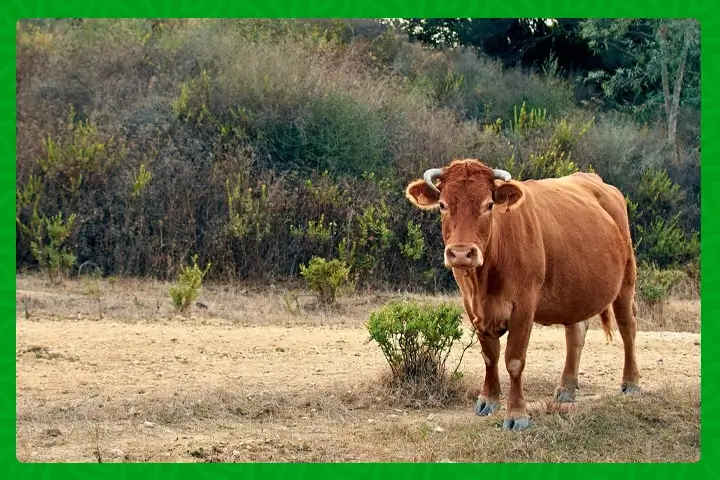
The ominous shadow of El Niño looms large over Zimbabwe, as the country grapples with the severe repercussions of an induced drought. Government officials and agricultural experts are sounding alarms about the potential threat to the national herd, as abnormal drought conditions take a toll on pastures, rangeland, and the livelihoods of thousands of livestock.
El Niño’s Grip on Livestock
According to the Food and Agriculture Organisation (FAO), El Niño is unleashing abnormal drought conditions in key livestock-producing countries in the southern hemisphere, adversely affecting pastures and rangeland. The November food security report on Zimbabwe by the United States Agency for International Development (USAid) underscores the severity of the situation, noting a decline in water access in typical semi-arid regions with below-average rainfall.
Livestock and local communities are grappling with increased distances to water sources, limiting time for other domestic and livelihood activities. Pasture conditions are deteriorating, particularly in these semi-arid areas, posing a direct threat to cattle.
Livestock Director’s Insights
Rutendo Nyahoda, the Livestock Production Deputy Director at the Ministry of Land, Agriculture, Water, Fisheries, and Rural Resettlement, attributes the escalating livestock challenges to El Niño-induced factors. Prolonged dry spells, delayed rains, and excessive heat have created a perfect storm, leading to suppressed herbage growth and a shortage of feeding stock for grazing livestock.
“The available feed, in its dried condition, is of poor quality and unable to meet the basic nutritive requirements for the livestock,” Nyahoda emphasizes. The acute water shortage for both human and livestock consumption is further exacerbated by these prolonged dry conditions, amplifying the vulnerability of livestock to various health conditions.
Rising Risks and Interventions
As pasture and rangeland conditions continue to deteriorate, livestock face an increased risk of opportunistic diseases, environmental hazards, and ingesting harmful substances. Livestock offtake is expected to decline until conditions recover, allowing stock numbers to rebuild.
To address the immediate and short-term impacts of El Niño, the Zimbabwean government is collaborating with various stakeholders, including non-governmental organizations, UN agencies, and parastatals. Interventions include borehole drilling to ensure a short-term water supply for livestock and providing supplementary feed, such as hay or commercially produced feed, to help maintain or improve livestock condition.
Farmers’ Role in Mitigation
Nyahoda emphasizes the crucial role of farmers in sustaining livestock health. Beyond government interventions, farmers are urged to ensure adequate water supply, free grazing areas from foreign objects, and take measures to prevent livestock from ingesting poisonous plants. The collaborative efforts between government initiatives and farmer engagement are essential to navigate the challenges imposed by El Niño and safeguard the well-being of Zimbabwe’s vital livestock population.
The original article was written by Lorraine Muromo
Stay updated with the latest farming tips and agriculture industry news from Africa by subscribing to our newsletter. Don’t miss out on valuable insights and updates. Follow us on Twitter, LinkedIn, and Facebook to join our farming community and stay connected with us.



















